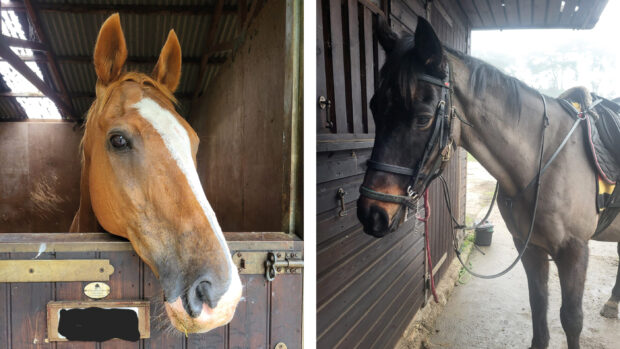Horse owners have been urged to be vigilant for sycamore seedlings this spring, to help prevent a fatal equine disease.
The BHS has urged riders to check fields regularly for seedlings, removing any they find, to help prevent cases of atypical myopathy.
Also known as seasonal pasture myopathy, the disease can debilitate horses quickly, and is fatal in more than 75% of cases.
Research has identified the presence of toxin hypoglycin-A in sycamore seeds as a cause of atypical myopathy. But now scientists at the Universite de Liege, Belgium , have identified that seedlings also contain the toxin.
A spokesman for the BHS said: “For horse owners, the challenge of removing sycamore seeds and seedlings can be a daunting and onerous task.
“One of the preventative measures is to ensure horses have sufficient grazing available to help deter their need to search for additional food.
“At this time of year, some horses will have to be kept on restricted grazing to help control their weight and prevent laminitis; therefore it is vital to regularly check such pasture for sycamore seedlings and the first sign of ragwort rosettes.”
Atypical Myopathy is a muscular disease, which can appear rapidly and without warning.
Clinical signs include the horse appearing weak and having breathing difficulties as well as signs similar to those of colic.
Affected equines often progress quickly; many have been found dead in the field, owing to the speed at which the disease can develop.
Related articles:
- Atypical myopathy: what you need to know NOW
- Atypical myopathy kills 75%: owners and vets warned to be alert
- Atypical myopathy: is your horse at risk?
To help avoid horses developing the disease, owners are also advised to provide supplementary feed in fields, ensure paddocks are not over-stocked, stable horses overnight if possible, manage land appropriately to ensure weeds do not affect grass growth and fence off any sycamores if moving the horses is not an option.
Anyone concerned should contact the vet immediately.




